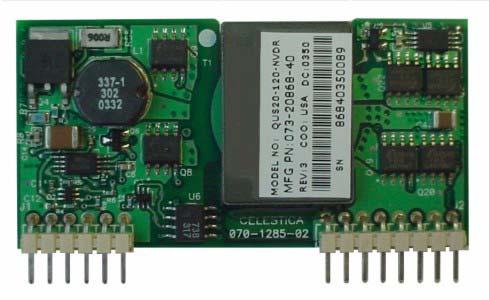QUS20-120: Features: SpecificationsDescription The QUS20-120 is a very good product. If you want to use it you must learn about it rightly. Here you can know some features about it. The QUS20-120 has ten featu...
floor Price/Ceiling Price
- Part Number:
- QUS20-120
- Supply Ability:
- 5000
Price Break
- Qty
- 1~5000
- Unit Price
- Negotiable
- Processing time
- 15 Days
SeekIC Buyer Protection PLUS - newly updated for 2013!
- Escrow Protection.
- Guaranteed refunds.
- Secure payments.
- Learn more >>
Month Sales
268 Transactions
Payment Methods
All payment methods are secure and covered by SeekIC Buyer Protection PLUS.

 QUS20-120 Data Sheet
QUS20-120 Data Sheet







